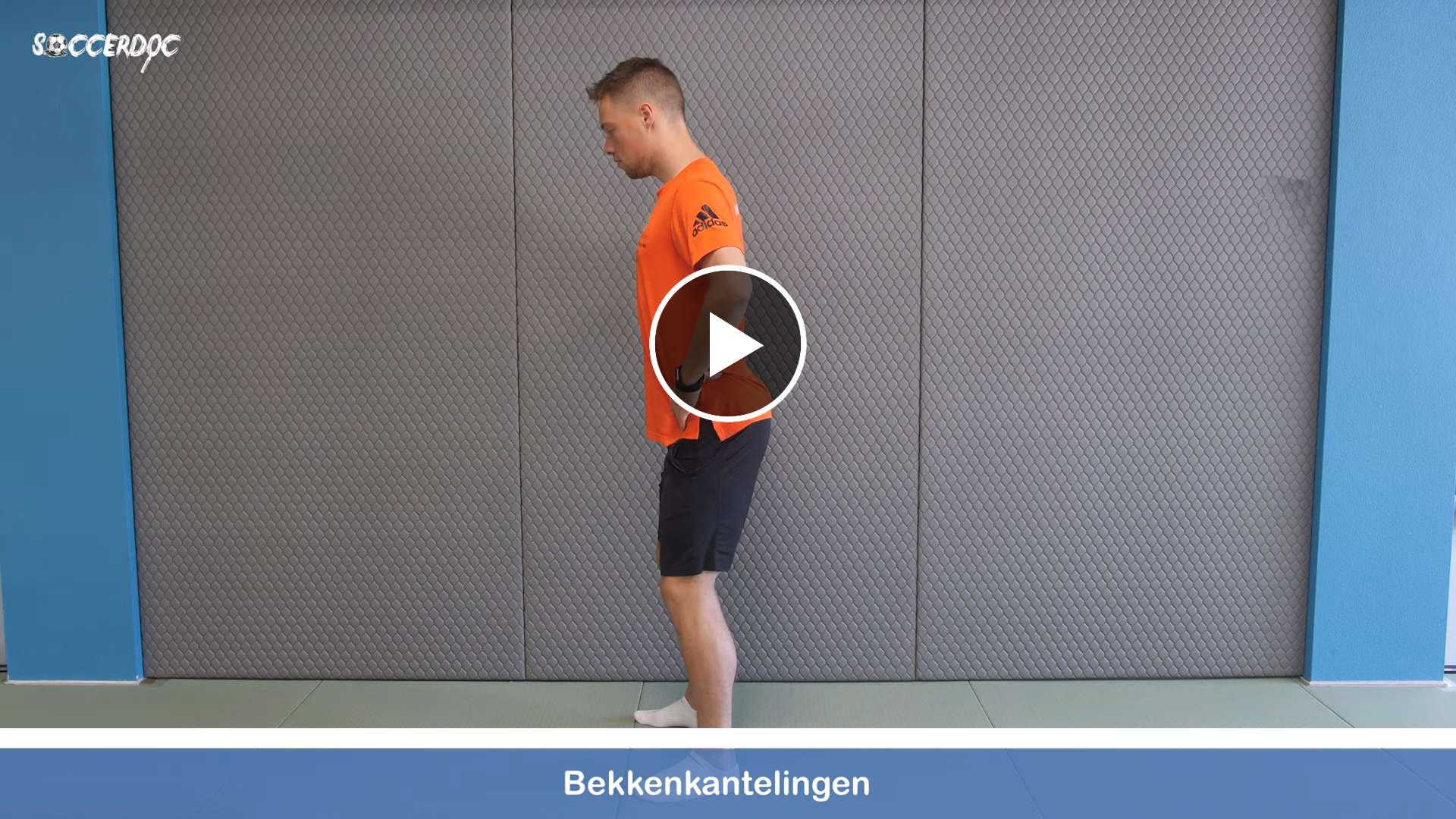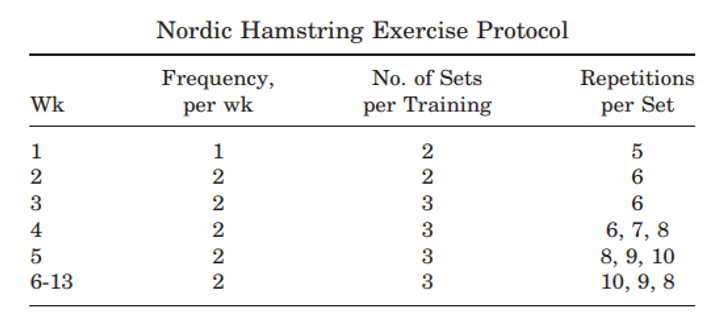In addition, the risk of recurrence is 4 - 63%.
1 We now know that the more frequent a recurrence, the longer the player is unable to play.
2 That is annoying for the player (who is unable to play his favourite sport) as well as for the trainer and club, because it has been proven that more injuries lead to poorer team results.
3
Risk factors
Due to the high incidence and risk of recurrence, it is important to look at the risk factors. After all, prevention is better than cure. These risk factors can be divided into factors within our control and those outside our control. The most significant risk factors outside our control are advancing years and a past hamstring injury on the same side. In this blog, we also focus on risk factors within our control.
A strength imbalance between the hamstrings and quadriceps has, for a long time, been considered a risk factor. Currently there is conflicting evidence that strong maximum quadriceps strength relative to the hamstrings increases the risk of hamstring problems. It sounds plausible that the high quadriceps forces (flexion hip and extension knee) cannot be absorbed effectively enough by the hamstrings, for example, whilst sprinting. However, there is still insufficient evidence about the rationale behind this.
Fatigue is frequently linked as a risk factor for hamstring injuries, partly because the incidence of hamstring injuries is higher at the end of the first and second half. Studies have shown that, during the course of the game, the maximal eccentric hamstring strength reduces and the imbalance between hamstrings and quadriceps (H:Q ratio) increases. It sounds plausible, but this relationship with the occurrence of hamstring problems has not yet been clearly proven.
4
Anterior pelvic tilt in relation to hamstring problems is a relatively new scientific insight. It is hypothesised that an increased anterior
pelvic tilt exerts a greater tensile force on the biceps femoris muscle. In practice, this appears to be a valuable addition to a rehabilitation and/or preventive programme.
 What can you do about it?
What can you do about it?
Static stretching, dynamic stretching, stability training, strength training, are all examples of interventions that are applied when treating and/or preventing hamstring problems in footballers. Addressing the risk factors – for example, by working on improving pelvic stability – could potentially result in a reduced risk of hamstring injuries. But what has really been proven? As with the risk factors, in terms of intervention, a lot still has to be figured out. It is, however, clear that the ‘Nordic Hamstring’ exercise has a proven effect on reducing the risk of hamstring injuries in various sports at different levels.
5 An important note here is that consistency when following the programme is crucial. The exercise must be performed according to the schedule below before or after normal football training.
Table 1 Nordic Hamstring Exercise Protocol
6
 Get started!
Get started!
Given the high incidence and risk of recurrence, the need for preventive action in hamstring injuries is clear. Although the literature concerning many subjects relating to hamstring injuries doesn’t always provide clarity, the advice relating to prevention is clear. Provided it is performed consistently and properly, the ‘Nordic Hamstring’ exercise reduces the risk of sustaining a hamstring injury. The future will reveal which other preventive actions can be taken, because the hamstrings will keep both practice and science busy for some time yet.
1 Diemer, W. M., Winters, M., Tol, J. L., Pas, H., & Moen, M. H. (2021). Incidence of Acute Hamstring Injuries in Soccer: A Systematic Review of 13 Studies Involving More Than 3800 Athletes With 2 Million Sport Exposure Hours. The Journal of orthopaedic and sports physical therapy, 51(1), 27–36.
2 Ekstrand J, Krutsch W, Spreco A, et al Time before return to play for the most common injuries in professional football: a 16-year follow-up of the UEFA Elite Club Injury Study British Journal of Sports Medicine 2020;54:421-426.
3 Hägglund M, Waldén M, Magnusson H, et al Injuries affect team performance negatively in professional football: an 11-year follow-up of the UEFA Champions League injury study British Journal of Sports Medicine 2013;47:738-742.
4 Silvers-Granelli, H. J., Cohen, M., Espregueira-Mendes, J., & Mandelbaum, B. (2021). Hamstring muscle injury in the athlete: state of the art. Journal of ISAKOS : joint disorders & orthopaedic sports medicine, 6(3), 170–181.
5 Al Attar, W., Soomro, N., Sinclair, P. J., Pappas, E., & Sanders, R. H. (2017). Effect of Injury Prevention Programs that Include the Nordic Hamstring Exercise on Hamstring Injury Rates in Soccer Players: A Systematic Review and Meta-Analysis. Sports medicine (Auckland, N.Z.), 47(5), 907–916.
6 van der Horst, N., Smits, D. W., Petersen, J., Goedhart, E. A., & Backx, F. J. (2015). The preventive effect of the nordic hamstring exercise on hamstring injuries in amateur soccer players: a randomized controlled trial. The American journal of sports medicine, 43(6), 1316–1323.